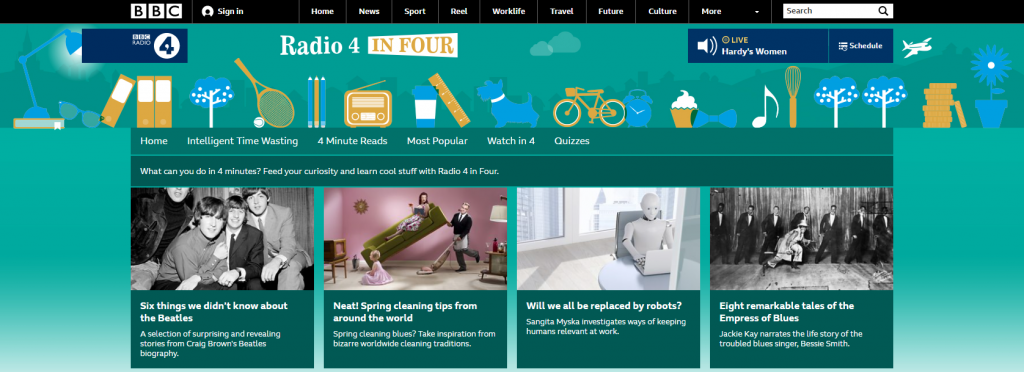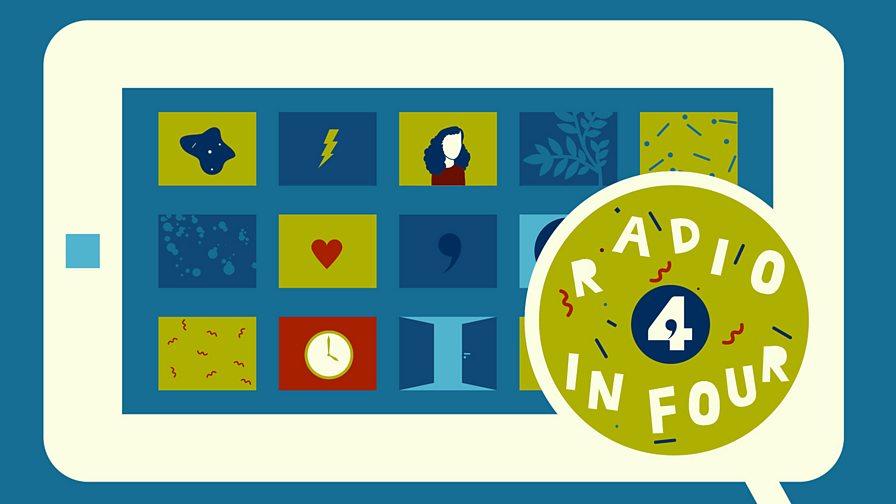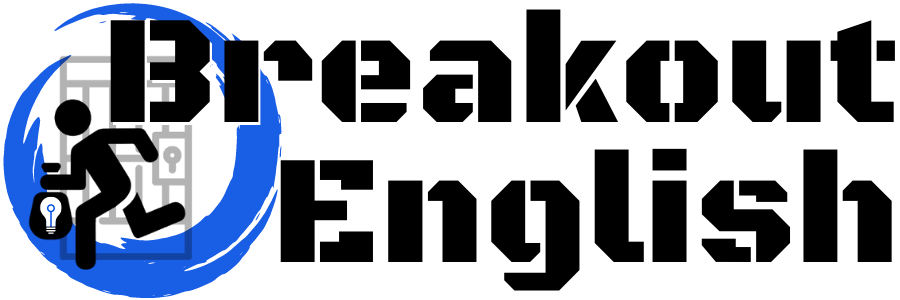Radio 4 in Four is a fantastic resource for language learners, especially for those who are taking an exam, because it’s ideal for listening practice and reading practice. Often with exam courses, teachers focus so much on the content of the exam that we forget about language. At the same time, we often focus on using language so specific for the level we are teaching that we forget the input hypothesis.
The input hypothesis is a series of rules of language acquisition coined by Stephen Krashen in the 1970s and 1980s. Breaking it down to a simplistic rule, learners should be provided with comprehensible input which contains language that they are ready to learn according to their natural progression. In order for learners to advance, they must be provided with input+1, meaning input that contains the next thing they are going to learn. At Advanced levels, most texts or audios should be comprehensible to learners, but they will still encounter plenty of new language.
Radio 4 in Four is great at providing valuable input that is slightly above the level of an advanced learner. It also does it in bite-sized pieces with BBC articles and audios based on a wide variety of topics. In short, it’s really cool.

Contents
How to use Radio 4 in Four in any English class
Set your students a challenge of reading and or listening to something from Radio 4 in Four every week. Only with consistent input will their receptive reading and listening skills improve. To ensure students are doing the work, try some of these ideas:
- Students complete a log or diary about what they have read or listened to. Teachers must regularly check and feed back on or it will get forgotten.
- Students have to present what they looked at to a partner or the rest of class. This can be a weekly or monthly slot in an English course.
- Students have to produce a writing based on a topic from Radio 4 in Four. After students read, they can produce an article or review that discusses the same topic. This could be free choice or with an article chosen by the teacher that fits class topics.
- Students write conversation questions based on a topic from Radio 4 in Four.
- Students debate a two-sided topic from Radio 4 in Four.

How to use Radio 4 in Four in an exam class
You can use any of the above ideas in an exam class too. The nice thing about Radio 4 in Four is that it has truly random topics much like you would find in an exam. You might read about history, literature, science, culture or almost anything else.
If you’d like to use Radio 4 in Four in a more exam focused way, it requires a little bit more work either from you or your students to create an exam task from the content available. Sometimes pure reading practice or listening practice isn’t enough. Personally, I like to get my students to do the work because it helps them analyze the text more thoroughly while also helping them better understand how exams are made.
Let’s use this reading about The Beatles as an example: Six things we didn’t know about the Beatles.
As you’ll notice, it is split into sections, which immediately makes me think of a Multiple Matching task (Part 8 of Advanced CAE Use of English). In this part of the exam, you need to identify which part of text contains some specific information and answer 10 questions. Work together with your students with the first section to create a sample question or two. Then you can assign different sections to students in pairs and they come up with the questions for their section. In the end, shuffle the questions and create the exam task for the students to complete. This whole process takes some time and it’s not an easy thing to do, but advanced students often react well to creating their own exam tasks, especially with the help of the teacher guiding them to the right level and accuracy of the questions.
Let’s look at another example with a listening about remote working: Working from bed: “I make two cups of tea to save going downstairs”.
This time we have an interesting short audio that includes 2 different people commenting on the same topic. This could be used as a Sentence Completion task (Part 2 of Advanced CAE Listening). One half of the class can be assigned the man and to come up with gapped sentences for what he says while the other class is assigned the woman. Collated and combined, you’ve got a full exam task.

Conclusion
Whether it’s Radio 4 in Four that you use or other sources, it’s essential to get high level authentic input at C1 (and C2) level for reading practice and listening practice. However, don’t expect your students to do it by themselves. Provide them with purpose, support and feedback and you’ll notice not only that they learn, but also that they enjoy it.

